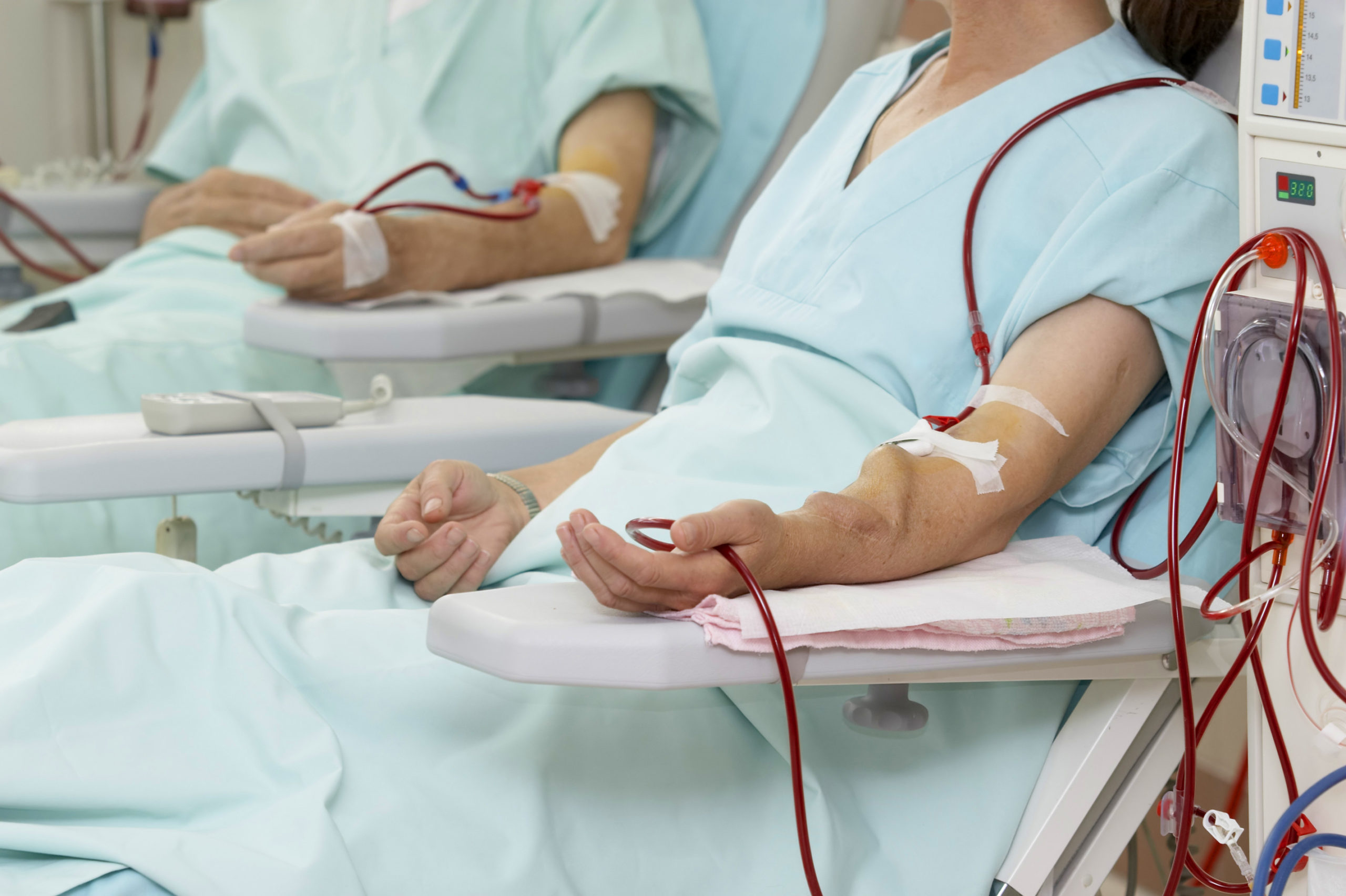Just one or two sessions of dialysis is often all it takes to save the life of someone suffering from acute kidney injury. Yet a 2016 review study published in the Lancet Global Health estimated that in sub-Saharan Africa, 86% of adults and 73% of children die when in need of short-term dialysis, due to lack of access.*
The dire need of dialysis therapies in low- and middle-income countries (LMICs) has prompted the creation of an interdisciplinary and international alliance that brings together experts from key organizations. The EssentialTech Centre of the Swiss Federal Institute of Technology (EPFL), the African Association of Nephrology (AFRAN), the Francophone Society of Nephrology, Dialysis and Transplantation (SFNDT), the Swiss Society of Nephrology (SSN), and the University of Witwatersrand, Johannesburg (WITS) have formed the RENal care for ALL Alliance (Ren’All Care).
The parties have signed a Joint Declaration of Intent with the express purpose of consolidating and accelerating the development of innovative dialysis solutions for acute and chronic patients. Inequality they cite in the diagnosis and treatment of acute and chronic renal failure in LMICs compared to higher income countries is shocking: 80% of patients receiving renal replacement therapy are in high-income regions that only account for 12% of the global population. Furthermore, the societal burden of preventable morbidity and mortality due to kidney disease in LMICs is particularly high, since it affects a much younger population (Figure 1).

Patients under hemodialysis treatment.
Photo credit: © picsfive – stock.adobe.com
“This joint mission is interesting because we are targeting an area where a significant impact is attainable,” says Prof. Abdou Niang, President of the African Association of Nephrology and chair of the International Society of Nephrology (ISN) Dialysis Working group. “Especially in the case of acute kidney disease that can be treated with a few sessions of dialysis, as is the case in Western countries. However in sub-Saharan Africa, especially in rural areas, this is not available (Figure 2). If we bring appropriate technology and training to community health clinics, we will save countless children and adults in hours or days, who can then go on to live normal lives.”
The alliance has identified several contributing factors behind this need: Limited capacity due to lack of dialysis equipment, especially outside of cities; the high cost and complexity of dialysis; lack of specialized training among health workers; necessity of monitoring and risks of severe infection among dialysis patients; and absence of kidney disease registries.
Dialysis role and procedure. Vital roles of kidneys are to clear blood from toxins and control the body water balance. When kidneys are damaged and cannot performed their function anymore, either kidney transplantation or dialysis is used as a replacement therapy. This illustration shows the complex system of hemodialysis, one of the dialysis methods where blood is cleaned outside the patient’s body in the dialysis machine. The process is complex and requires several hours.
The creation of the alliance and signature of the Joint Declaration of Intent marks the start of a two-phase action plan. During the induction phase, the alliance will conduct a comprehensive analysis of existing dialysis techniques in LMICs, determining barriers and obstacles in these contexts.
“By gaining a clearer picture of the situation, we will be better positioned to determine our course of action in terms of innovative design concepts,” explains Dr. Klaus Schönenberger, Director of the EssentialTech Centre. “With our combined expertise, we are well-positioned to develop and ultimately implement an effective technology solution. This includes robustness, ease of use, economic viability, affordability and environmental-friendliness, which are all vital to generating a sustainable impact.”
During the second phase, teams will investigate feasibility, development and implementation of the innovative concepts defined in the first phase. These activities will be complemented with efforts to strengthen capacity building and training for healthcare professionals; support for epidemiological standards and guidelines; and advocacy with the WHO and other international aid organizations.
“To ensure our ultimate success, it was important to come together formally as an alliance and commit to this Joint Declaration of Intent,” says Prof. Rudolf Wüthrich, President of the Swiss Society of Nephrology. “Our process covers the three key pillars of innovation, training and epidemiology. By bringing together such complementary expert partners, we guarantee the right balance of expertise in all these areas for the duration of this important initiative, enhancing its overall potential and sustainability. We are currently seeking the necessary support and resources to enable us to launch this ambitious initiative.”


*Olowu et al. Outcomes of acute kidney injury in children and adults in sub-Saharan Africa: a systematic review, The Lancet 2016.
For more information:
Dr Emeline Darçot, Ren’All Care Project Coordinator
renallcare@epfl.ch
renallcare.org
